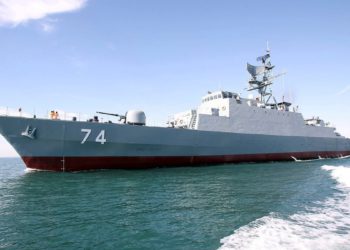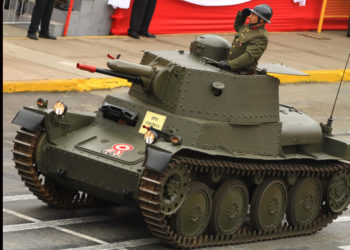A Few Lessons and Takeaways from the Russo-Ukrainian Conflict
Greetings. Today’s post is a modified version and outline. Remember to keep the comments productive and civil.
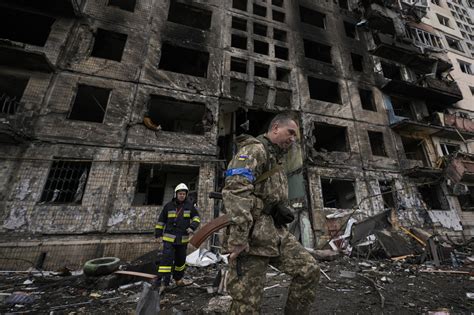
1. The Russian Army’s Lack of Dedicated Ground-Based Cavalry
The Russian Army lacks a dedicated and robust ground-based Cavalry formation, which is paramount for success in large-scale combat operations. Russian units were constantly ambushed, and Russian front-line combat formations were tasked to secure ground lines of communication in order to mitigate Ukrainian interdiction efforts, increasing the strain on an already small and stretched force.
The Russian Army has been affected by ineffective Call for Fire missions partially as a result of not having a dedicated formation that is properly trained and equipped to perform this critical war-fighting function while in front of the main body. This reduces the effectiveness of on-call fires and forces a slower process time, in conjunction with other organizational flaws and ineffective war-fighting functions associated with the Russian Army and their performance in Ukraine.
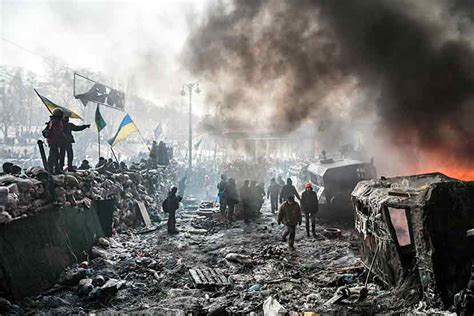
The inability to accurately and rapidly identify the location of Ukrainian Army High-Value Targets as well as providing main body forces with effective Early Warning and Security during all phases of Russian Army Operations is another shortcoming. Additionally, the ability to properly answer PIR requirements for Russian ground force commanders could have been mitigated had the Russian Army had the proper enabling support formations. Specifically, the inability to both provide ground-based intelligence through reconnaissance and enabling support that would have aided freedom of maneuver options, as seen in the Kharkiv and Kiev Operations, highlights the lack of route and area reconnaissance capabilities, leading to degraded fronts.
2. Russia’s Special Military Operation Size

Russia’s Special Military Operation was too small to accomplish its assigned tasks. As a result, Russian forces were often forced to conduct operations over large operational areas requiring twice as much combat power as was assigned or available. This issue is caused by Russia not aligning their strengths with their end-state goals.
This problem is magnified by the technical parity of direct fire weapons employed by both belligerents and Ukrainian forces defending exclusively from heavily defended and fortified urban centers or pre-established defensive positions with extensive entrenchments and counter-mobility obstacles. This forces the small Russian Army into a slow and methodical approach, one it was ill-suited to undertake.
In addition to lacking the required ratio of combat forces, the sheer size and scope of the operational area further taxed Russian ground combat forces with tasks such as finding, fixing, isolating, reducing, attacking, and retaining positions and relevant Key Terrain. All these tasks require manpower and the lack of it reduces any effectiveness of an attacking force. This is known as a “Culmination Point” for operational units.
3. Russian Targeting Process and Cycle
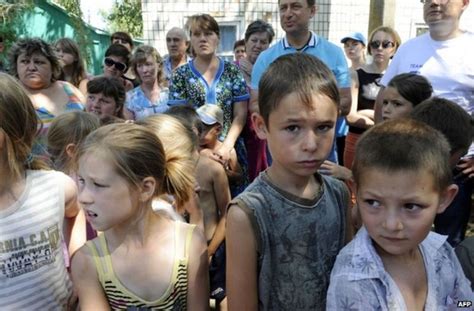
Russian forces did not effectively initiate strikes against all essential Ukrainian targets at the start of their “SMO”. Specifically, the Russian forces left intact communication infrastructure, satellite stations, and power and energy sectors and did not conduct interdiction efforts along Ukrainian internal lines of communication. This enabled Ukraine to effectively communicate at the Operational and Strategic levels, as well as employ their planned Informational Domain strategy.
By not targeting specific energy and logistics nodes at the onset of operations, Ukraine was able to resupply their forward-deployed forces defending in major urban centers as well as resupply forces deployed forward in prepared defensive positions. Not interdicting these lines allowed Ukrainian forces to maintain combat effectiveness that otherwise would have collapsed within a short period.
4. Adaptation of Russian BTG MTOE
Russia did not effectively alter their BTG MTOE to adapt to the combat situation inside of Ukraine, and it is uncertain if they will with their mobilization underway. By lacking a true combined arms mentality, Russian forces did not have the proper Infantry support for the majority of their operations, leading to significant material losses sustained by their formations and the inability to conduct proper clearing operations.

As Ukrainian forces continue to defend from urban centers, this will require more dismounted forces for the Russian Army to effectively prosecute their own operations. Until this occurs, Russia will employ pre-planned Indirect Fires and mount unsustainable operations, which likely will lead to retention challenges.
5. Discipline
There have been numerous examples of Russian forces looting, stealing, and conducting gross violations of the Laws of War, magnified by Ukrainian IO efforts. These examples indicate a force that lacks discipline, hampering its combat effectiveness.
Despite claims that Russian forces lack essential services like Class I, II, III, and Class V, the real cause is poor discipline. From the start of the campaign, Russian army elements at times ran out of fuel, not due to lack of fuel, but due to unsustainable fuel consumption rates caused by the constant running of vehicles while stationary. This leads to stalled formations and columns idling with nowhere to go.
6. Information Operations
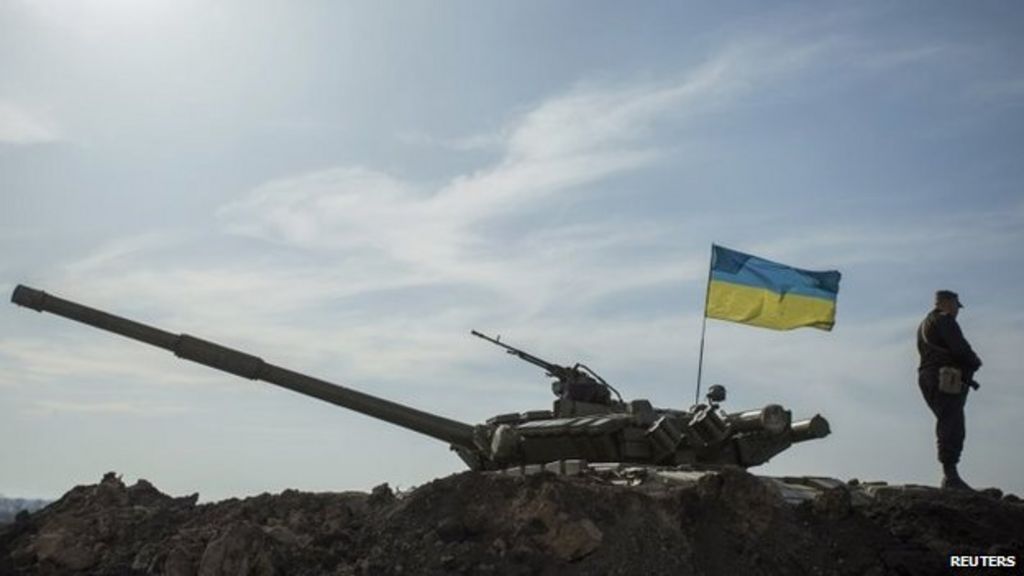
The Ukrainian IO campaign has been heavily influenced by third-party support, resulting in an effective strategy. Social media has been a decisive component, yet it hampers IO efforts if not closely monitored. The actual war being fought, respective belligerent narratives within the informational war domain, and social media pundits can spread false narratives, confusing the general public.
Traditional media, including companies like Fox News and CNN, sensationalize events to draw larger audiences and derive profit from advertisers. Governments and unnamed officials leak, shape, and support pre-determined narratives tied to IO efforts, affecting domestic audiences significantly.
7. C5ISR and Informational Dominance
Informational Dominance greatly increases the combat effectiveness of a force. U.S. support provided critical informational aid to Ukraine, enabling them to capitalize on Russian shortcomings. This has been the single largest impact of the war, validating the importance of disciplines like Networked Lethality and Project Convergence.
8. Testing Ground for Emerging Concepts and Weapon Validation
Ukraine has become a testing ground for operational concepts, particularly “Distributed Operations” and its synergies with C5ISR and Informational Dominance. This has highlighted both positive and negative outcomes, including the exposure of population centers to Russian fires due to the strategic intermixing of forces within urban areas.
Moreover, validation of efforts by US Army ATEC and NGIC has demonstrated significant impacts at the tactical level, though detailed results remain classified.
9. Strategic Goals and Political Consequences
There are varying claims about who is winning the war; however, the Russian strategic goal was to prevent NATO from expanding into Ukraine. The destruction of Ukrainian infrastructure aims to ensure long-term insolvency and dependence on the West. This conflict has cost the West significantly, economically and politically, and the unintended consequences extend to strained diplomatic relations and a strained defense industry.
Significantly, the potential for nuclear exchange and strategic miscalculation remains a critical concern, emphasizing the complex web of consequences stemming from Western involvement in the Russo-Ukrainian conflict.
10. Fissures Among the Masses
The conflict has intensified ideological battles within Western societies between idealism and realism, leading to political and social friction. The challenge remains to prioritize national security and articulate decisions rationally and unemotionally.
Author: Mel Daniels





